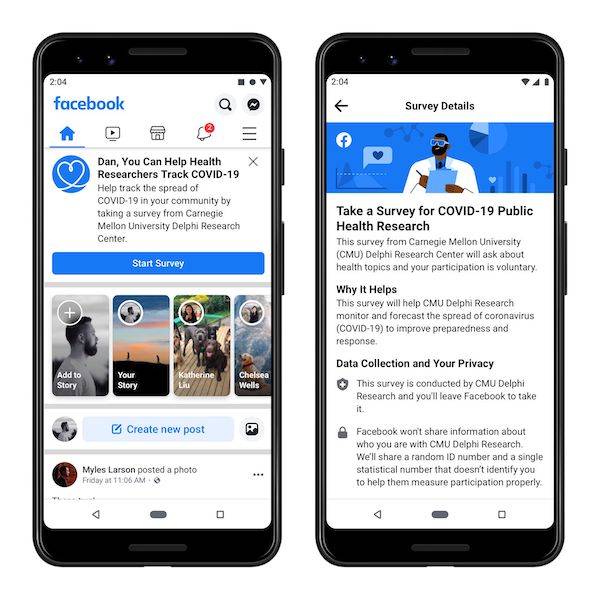Karen Hao at MIT Technology Review: “The pandemic, in other words, has turned into a gateway for AI adoption in health care—bringing both opportunity and risk. On the one hand, it is pushing doctors and hospitals to fast-track promising new technologies. On the other, this accelerated process could allow unvetted tools to bypass regulatory processes, putting patients in harm’s way.
“At a high level, artificial intelligence in health care is very exciting,” says Chris Longhurst, the chief information officer at UC San Diego Health. “But health care is one of those industries where there are a lot of factors that come into play. A change in the system can have potentially fatal unintended consequences.”
Before the pandemic, health-care AI was already a booming area of research. Deep learning, in particular, has demonstrated impressive results for analyzing medical images to identify diseases like breast and lung cancer or glaucoma at least as accurately as human specialists. Studies have also shown the potential of using computer vision to monitor elderly people in their homes and patients in intensive care units.
But there have been significant obstacles to translating that research into real-world applications. Privacy concerns make it challenging to collect enough data for training algorithms; issues related to bias and generalizability make regulators cautious to grant approvals. Even for applications that do get certified, hospitals rightly have their own intensive vetting procedures and established protocols. “Physicians, like everybody else—we’re all creatures of habit,” says Albert Hsiao, a radiologist at UCSD Health who is now trialing his own covid detection algorithm based on chest x-rays. “We don’t change unless we’re forced to change.”
As a result, AI has been slow to gain a foothold. “It feels like there’s something there; there are a lot of papers that show a lot of promise,” said Andrew Ng, a leading AI practitioner, in a recent webinar on its applications in medicine. But “it’s not yet as widely deployed as we wish.”…
In addition to the speed of evaluation, Durand identifies something else that may have encouraged hospitals to adopt AI during the pandemic: they are thinking about how to prepare for the inevitable staff shortages that will arise after the crisis. Traumatic events like a pandemic are often followed by an exodus of doctors and nurses. “Some doctors may want to change their way of life,” he says. “What’s coming, we don’t know.”…(More)”

